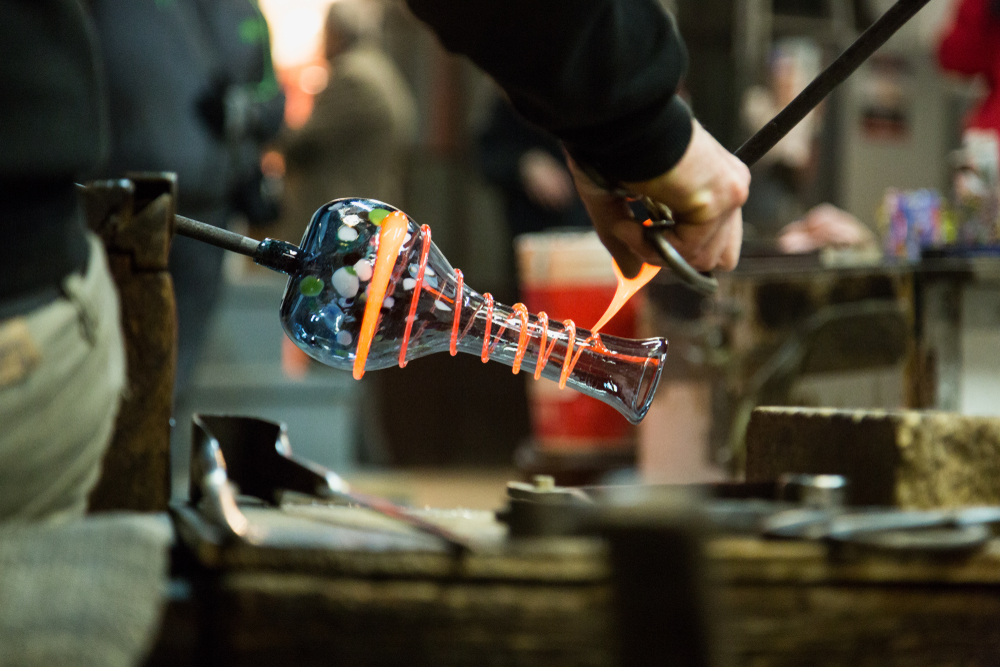
Steven Johnson’s book, How We Got to Now: Six Innovations That Made the Modern World, and its companion PBS and BBC series, examined the largely unplanned roles played in our lives by:
- Glass—”A world without glass would strike at the foundation of modern progress.”
- Cold—”Our mastery of cold is helping to reorganize settlement patterns all over the planet and bring millions of new babies into the world.”
- Sound—”Sound…was the first of our senses to be electrified…And once those sound waves became electric, they could travel vast distances at astonishing speeds.”
- Clean—”Between 1900 and 1930…[the implementation of] chlorination systems…led to a 43 percent reduction in total mortality in the average American city.”
- Time—The development of reliable watches allowed the industrial revolution to satisfy its need for clock time, and demonstrated that “our ability to measure things [was] as important as our ability to make them.”
- Light—”The lightbulb shines light on more than just our bedside reading; it helps us see more clearly the way new ideas come into being, and how to cultivate them as a society.”
Within each topic, according to Johnson, an innovation triggered changes in an entirely different and unintended area. He called this the “hummingbird effect,” after the way certain plants and animals may have evolved symbiotically. These traceable connections are in contrast to the well-known “butterfly effect,” which describes an unpredictable and “virtually unknowable chain of causality.”
This distinction is important, Johnson said, because “ideas are fundamentally networks of other ideas. We take the tools and metaphors and concepts and scientific understanding of our time, and we remix them into something new.”
But this typically requires having “the right building blocks,” Johnson insisted, without which “you can’t make the breakthrough, however brilliant you might be.” Therefore, “most innovation happens in the present tense of the adjacent possible, working with tools and concepts that are available in that time.”
This is why, he observes, many groundbreaking ideas come to multiple people simultaneously and independently: Calculus to Newton and Leibniz. Natural selection to Darwin and Wallace. The light bulb to Edison and many others.
He did admit, on the other hand, that there have been a few people like Ada Lovelace—whom Johnson calls “time travelers”—that made great intellectual leaps beyond the ideas of their day. The leaps made by these individuals, according to Johnson, may have been possible because they “worked at the margins of their official fields, or at the intersection point between very different disciplines,” and they “remind us that working within an established field is both empowering and restricting at the same time.”
Examining these networks of ideas is important, Johnson said, because “learning from the patterns of innovation that shaped society in the past can only help us navigate the future more successfully.”